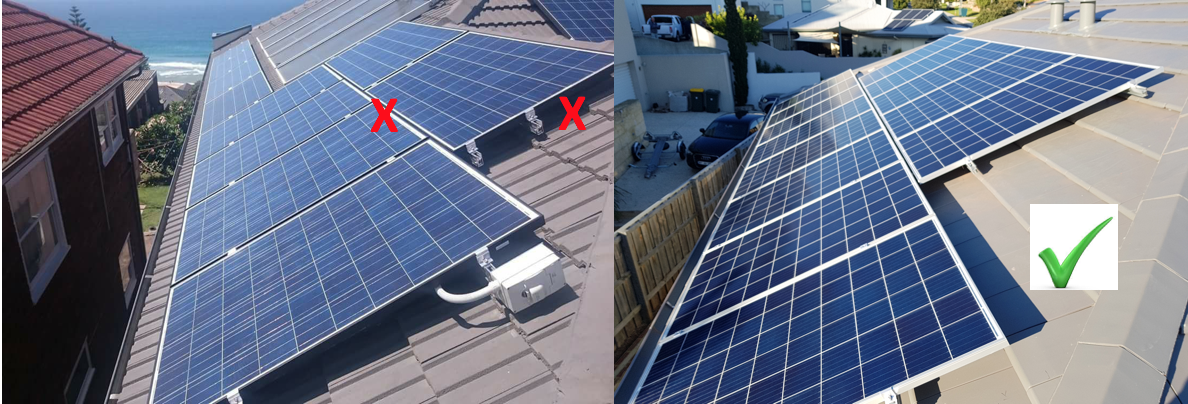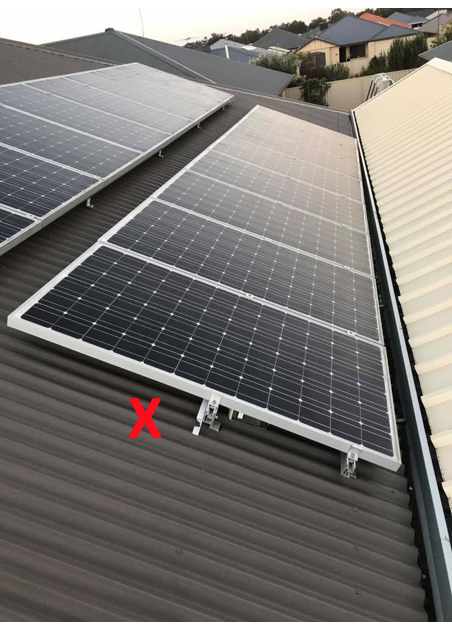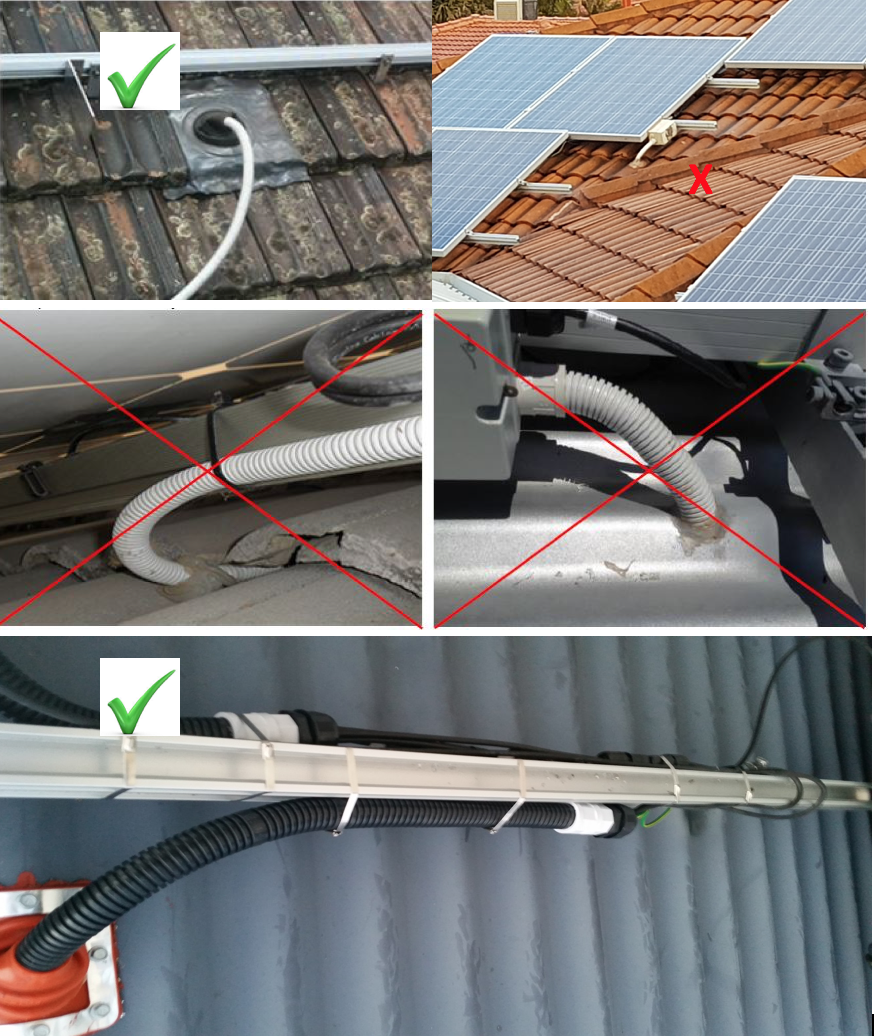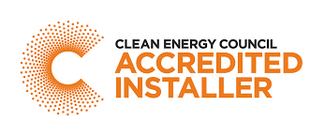|
Given the amount of money you are about to spend on your solar system and the lifetime expectancy you want in return, there are a couple of factors you should take into consideration before purchasing your solar system. If you want your solar system to last and perform its best, any electrical wiring installation should be done by a licensed electrician (as it is required by law). A CEC (Clean Energy Council) accredited installer should also be supervising the install. Ideally the electrician and the CEC accredited installer will be the same person and should have identification to prove such licenses and accreditation. Below are some examples of good and bad installations: 1. The quality of solar panels and inverter will mean little if they are installed incorrectly and not to manufacturer’s specifications. Warranties may be void if the manufacturer’s installation guidelines aren’t followed, leaving you to foot the bill if the solar company is no longer around. For example:
2. Another often overlooked but very important part of the installation is the water ingress protection of your roof. If you don’t want any leaks, then it is very important your installer uses best practice and appropriate materials for cable entries and fixing the brackets to your roof.
3. Cable support is another factor that gets overlooked, and some shortcuts can be taken. The cable should be supported at regular intervals, so there is no added stress due to sagging. The method of supporting the cable should be done in a way so that it will last as long as the system, e.g. 20 years. Cables dangling in the breeze and sitting on the roof will ware through their insulation over time.
If you have any more questions or would like to see the Clean Energy Council’s (CEC) Installer guidelines in full, we will happily provide them on request. Get in touch today to book an obligation free quote - email us at [email protected]!
4 Comments
14/3/2022 07:58:29 pm
You frequently hear about issues with solar panels, such as their performance, shadow problems, or panel failure. We will provide crucial information about solar panel installation in this blog. Many professional installers believe that if a solar panel isn't installed properly, you'll have too many problems in a matter of days, months, or years. Let's look at how to install high-quality solar panels that will last a long time and give you with long-term benefits. We'll go through the different sorts of solar systems and their essential components first.
Reply
13/1/2024 09:58:34 pm
This is valuable information! Knowing about the potential issues with solar panel installations, such as inadequate spacing and improper mounting, highlights the importance of choosing a reliable and meticulous installer for a trouble-free experience.
Reply
Leave a Reply. |
AuthorPerth Solar and Battery Solutions Archives
September 2017
Categories |
Services |
Company |
|





 RSS Feed
RSS Feed
